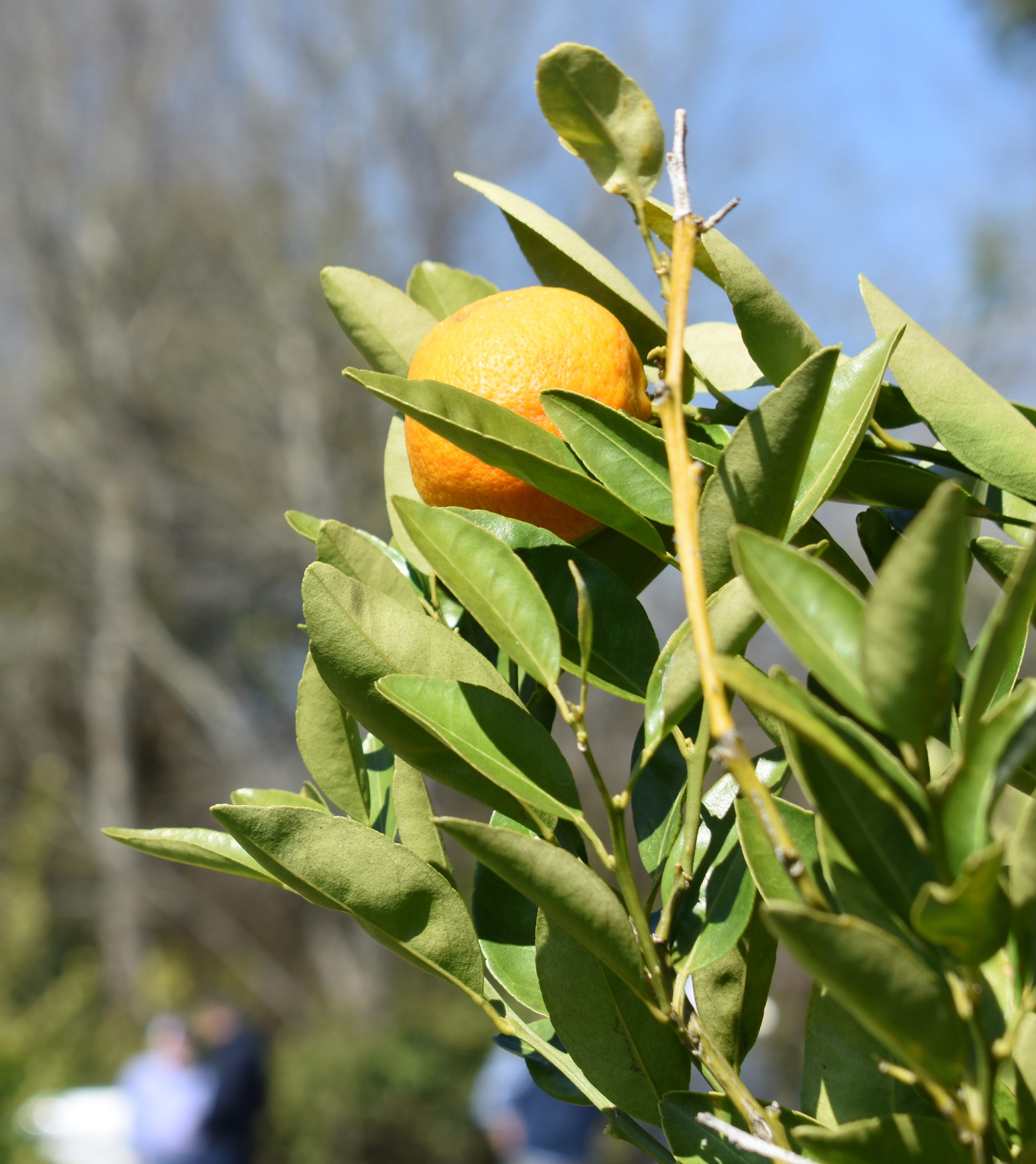
By Clint Thompson
Upon further review, citrus trees in the cold-hardy citrus region of South Georgia, North Florida and South Alabama appeared to have fared well following the Nov. 10-11 freeze event.
Mary Sutton, University of Georgia (UGA) assistant professor and citrus Extension specialist, needed a few extra days to look over some of the trees in her area following the freeze event. She determined the crop survived the night of sub-freezing temperatures.
“I think everybody implemented their freeze protection like they should. I know this is right on the border of what’s dangerous and what’s not, so I think that helped quite a bit,” Sutton said. “It does give me a lot of confidence that everyone is using their freeze protection like it’s meant to be used.”
Sub-Freezing Temperatures
Temperatures dropped into the 20s during the early morning hours of Nov. 11. It provided a scare to citrus growers who had just begun harvesting this season’s crop.
“From what I’ve seen so far, everybody made it through okay. If there was any young, tender flush, that got burnt, but other than that, the rest of the vegetative flush looks fine,” Sutton said. “The fruit really has colored up quickly, but it doesn’t seem like (the freeze) damaged the fruit. I think everybody was able to make it through just fine.”
Citrus producers fared well mostly because of the freeze protection methods they implemented. Sutton said most farmers use irrigation as the preferred method.
“It’s mostly irrigation. I am seeing a lot of people this year pair some sort of trunk wrap with the irrigation just for a little added protection, especially on younger trees. But irrigation, by and large, is the biggest method,” Sutton said.










